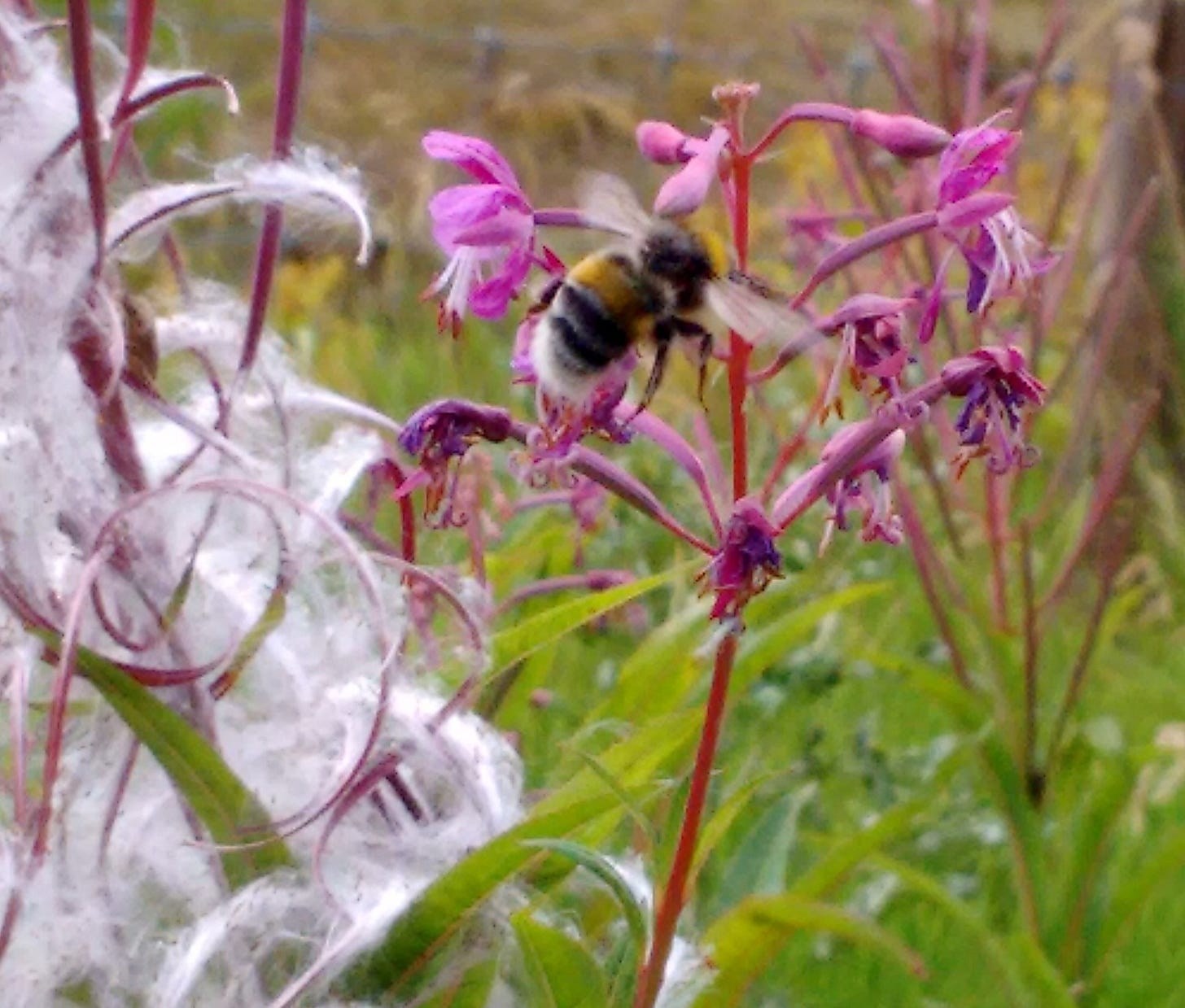The buzz on followership
Organisational “worker bees” implement decisions and plans and keep things running.
We sometimes hear followers derided as being “like sheep”. This is very unkind to sheep. It’s also an out-dated view of followership in the workplace. In my research it emerged that effective followers are competent. Followers are expected to do their jobs and deliver outcomes. They are “worker bees” implementing decisions and plans, and keeping the organisation running.
Followers draw on their understanding of the context they work within and on their relationship with the leader to step up (and support) or step back (and defer) as they consider appropriate to achieve organisational aims. Stepping up, which is often understood as a leadership behaviour, is done as an act of followership not to usurp but to take on shared responsibility in the leadership relationship and process.
As one interviewee said followers “tend to do a lot of grunt work or foundation work in an organisation that doesn't necessarily get a lot of glory but is very necessary in order for a project to get completed or for you to run your core business functions. “
So followers underpin the work of an organisation. In addition, far from merely waiting to receive instructions which are then implemented without question, followership is the active contribution by followers to the leadership relationship and the leadership process.




